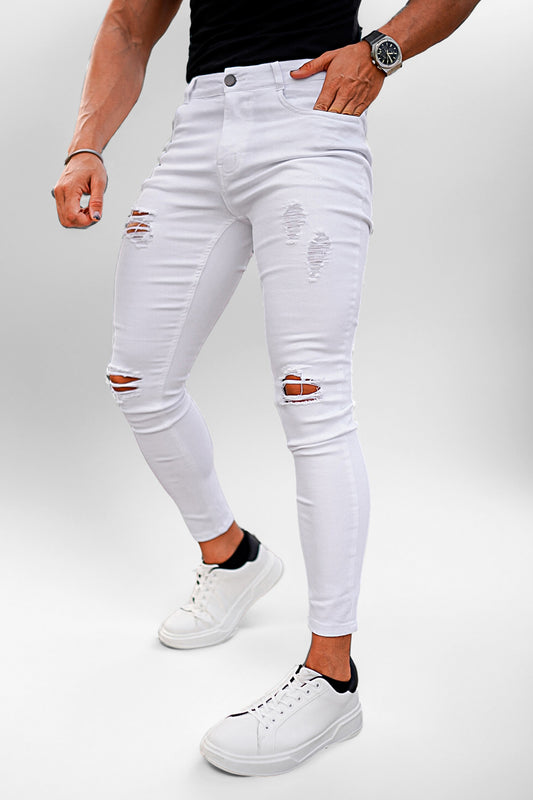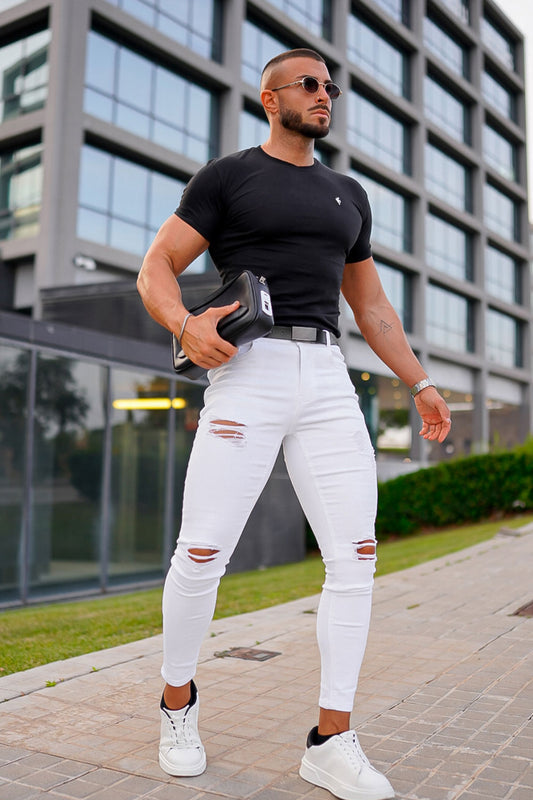When Did Hoodies Become Popular?
Hoodies, once considered primarily athletic wear, have evolved into a versatile and popular fashion item.
Their popularity has surged in recent years, with hoodies becoming a staple in many wardrobes.
But when did this humble garment first become a fashion trend?

Origins of the Hoodie: 1930s
The hoodie’s origins can be traced back to the 1930s in the United States.
The clothing brand Champion, originally known as Knickerbocker Knitting Company, is often credited with the invention of the modern hoodie.
During this time, Champion began producing hooded sweatshirts to keep workers warm in the freezing temperatures of warehouses and outdoor jobs.
These early hoodies were designed with functionality in mind. The hood provided extra warmth, making it an essential item for laborers, especially those working in cold climates.
However, despite its utility, the hoodie was largely confined to practical use and was not yet a popular fashion item.
The Hoodie and Athletics: 1960s and 1970s
The hoodie began to cross over into sportswear in the 1960s and 1970s, marking the first major shift in its cultural relevance.
Champion continued to produce hooded sweatshirts, which were adopted by athletes, particularly in sports like boxing and football.
Hoodies provided warmth and flexibility, making them ideal for training sessions and pre-game preparations.
Boxing legend Rocky Balboa, played by Sylvester Stallone, famously wore a hoodie in the 1976 film Rocky, further associating the garment with toughness, athleticism, and hard work.
This image of the hoodie became iconic, especially among young athletes, contributing to its growing popularity beyond just the workforce.
The Emergence of Streetwear: 1980s
The 1980s saw the hoodie evolve from a practical and athletic garment to a symbol of street culture, especially through its connection to hip-hop and skateboarding communities.
Hip-hop, a burgeoning cultural movement during the '80s, embraced the hoodie as part of its style.
Artists like LL Cool J and Run DMC were often seen wearing hoodies, helping to popularize the garment within urban and African American communities.
Meanwhile, the skateboarding subculture adopted the hoodie for its functionality and laid-back aesthetic.
Skaters preferred loose-fitting clothes, and the hoodie offered comfort and warmth while allowing freedom of movement.
As skateboarding gained popularity, the hoodie became a staple of the skater’s uniform, further embedding it in youth subcultures.
This period was a turning point for the hoodie. It was no longer just a piece of athletic wear; it had become a symbol of rebellion and nonconformity, especially among young people.
The hoodie’s rise in streetwear also marked the beginning of its association with identity and self-expression.
The 1990s: Mainstream Adoption and Controversy
By the 1990s, the hoodie had become more widely accepted in mainstream fashion, moving from subcultures into the wardrobes of everyday people.
Brands like Tommy Hilfiger, Ralph Lauren, and Nike began incorporating hoodies into their collections, often with logos emblazoned on the front.
This further solidified the hoodie’s place as a casual, everyday garment that could be worn by anyone.
However, the hoodie also became a source of controversy during the 1990s. Its association with youth culture, particularly among minority communities, began to draw negative attention.
The hoodie was increasingly associated with crime and “dangerous” individuals, partly due to racial profiling and media portrayals of young men wearing hoodies as criminals or delinquents.
This stigmatization reached a climax in 1993 with the launch of the "hoodie ban" in certain stores and public spaces, as some viewed it as a way to deter shoplifting and concealment of identity.
Despite (or perhaps because of) this, the hoodie became a symbol of defiance, embraced by those resisting societal stereotypes.
The 2000s: High Fashion and Political Statements
In the 2000s, the hoodie’s reputation took yet another turn, as it began to appear in the collections of high-end designers and was increasingly seen on runways.
Designers like Alexander Wang and brands like Vetements brought the hoodie into the realm of luxury fashion, transforming it into a high-end piece with a hefty price tag.
At the same time, the hoodie continued to play a role in political and social movements.
The tragic shooting of Trayvon Martin, a 17-year-old African American wearing a hoodie in Florida in 2012, reignited debates about racial profiling and the negative connotations of the garment.
In response, the hoodie became a powerful symbol in protests, with people donning hoodies as a statement against racism and injustice.
Despite its troubled associations, the hoodie emerged from these events stronger than ever. It had become not just a piece of clothing, but a symbol of resistance, identity, and solidarity, worn in solidarity with causes for social justice.
The Hoodie in Modern Culture: 2010s and Beyond
In the 2010s and beyond, the hoodie has cemented itself as an enduring staple in global fashion.
Athleisure, a trend that blends athletic wear with casual clothing, has helped propel the hoodie to new heights of popularity.
Brands like Adidas, Nike, and Lululemon have capitalized on this trend, making hoodies a go-to garment for people of all ages.
At the same time, streetwear’s dominance in fashion, driven by brands like Supreme and Off-White, has kept the hoodie at the forefront of youth culture.
Whether worn by celebrities, athletes, or activists, the hoodie remains a versatile garment that bridges the gap between casual wear, high fashion, and political statement.
The hoodie’s journey from workwear to fashion statement is a testament to its ability to adapt and evolve with changing cultural movements.
It remains as relevant today as it was decades ago, embodying everything from comfort and practicality to rebellion and self-expression.
Conclusion
The hoodie’s journey from functional sportswear to a cultural icon spans nearly a century.
Today, it’s a symbol of comfort, versatility, and personal expression, crossing boundaries of class, race, and style.
The hoodie’s enduring popularity reflects its ability to adapt to changing social dynamics while remaining a timeless piece of clothing.










